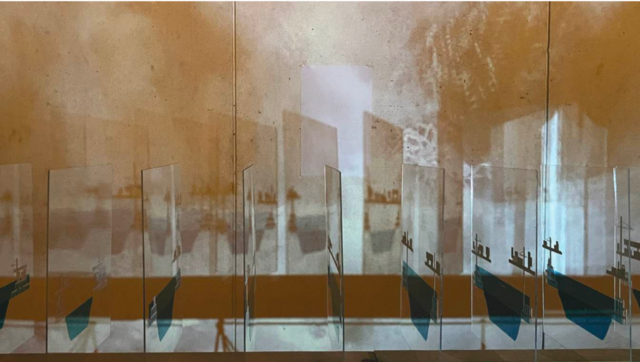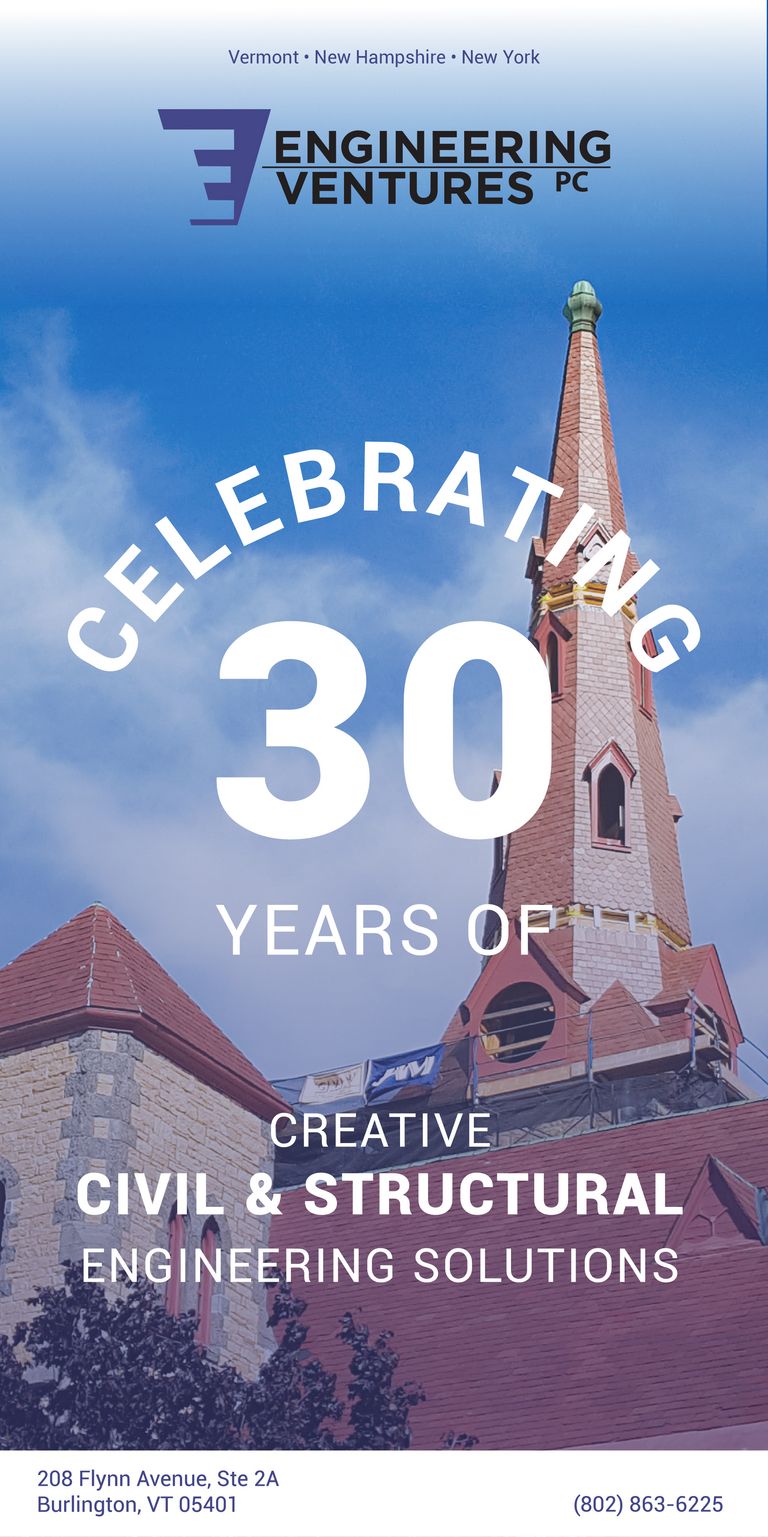AIAVT Announces Winner of Norwich University "Best in Show" Award, Sponsored by Pella
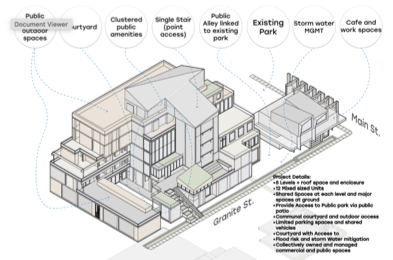
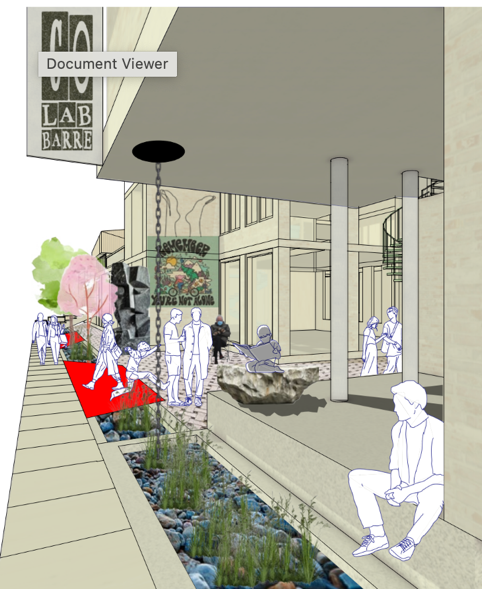
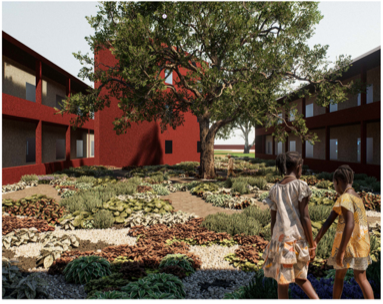
Each year, the AIAVT Best in Show, sponsored by Pell, is awarded to a graduating Norwich University Master's student who has shown excellence in their thesis work. This year, the spring design research semester was led by Professor Eleanor D’Aponte. The award is given at the discretion of the Board of Directors based on the work shown at the close of the spring semester. The Vermont chapter of the American Institute of Architects raises more than $13,000 for scholarships annually, which is awarded to high school, college, and graduate students pursuing architecture across the state. The AIAVT Board was impressed with the work presented and had positive things to say about each project. They had less than 4 minutes to consider each of 16 projects that ranged in size, typology, and location. Projects explored the adaptive reuse of old industrial buildings on a waterfront site in Pittsburgh, a medieval church turned library and café in Berlin, Germany, and a run-down steel and brick building transformed into a community center for kids. Other projects included a new concert hall in Richmond, VA, a live-work complex for neurodiverse individuals, and a new green-roofed indoor/outdoor market for different neighborhoods in Boston, among others. AIAVT recognized three Honorable Mention Awards and a Best in Show Award winner.
Winner of AIA VT Best in Show Thesis Award – Sponsored by Pella: Nate Simpson
For Collective Housing: Reclaiming Community and Fostering Social Interdependence, Barre VT
Advisor: Zach Seibold
This project about collective housing builds upon Danish co-housing models that served as an alternative to suburban development, which is based on connection rather than the disconnection that is historically created by suburbanization. Adapting cohousing to an urban setting employs the benefits of small city, or peri-urban, infrastructure and suggests a model for similar projects in areas across the state. This project integrates strategies found to be in active use across many global precedents centered in European urban centers like the German Baugruppen or building groups tradition. This precedent, popular following German reunification, focused on providing agency to parties who collaborate on urban infill projects that featured shared collective spaces and supported sustainable lifestyles. The final design celebrates the spirit of connection and addresses the unique history, site conditions, and building codes of Barre, Vermont. Lastly, the board was unanimous in its selection of this project for its relevant topic, comprehensiveness, applicability, and clarity.
Winner of AIAVT Honorable Mention Award: Pelumi Adefarakan
For Student Center - Lagos State, Lagos
Advisor: Tolya Stonorov
This proposed new student center in Lagos State, Nigeria, conveyed a spectacular level of craft in both digitally represented visualizations and hand-built representations. The design reflects the study of the concept of intricacy in architecture. In Nigeria, from the 1940s to the 1950s, Modernism was a central school of thought and design. As history unfolded, government projects exemplified a glaring failure of the modernist design approach: a lack of connection to the site. Southwest Nigeria has a unique architectural vernacular rooted in the rich culture of the Yoruba people. Conflict along ethnic lines during the most recent elections in 2023 led to discourse around ethnic identity and preserving what is left of it in an increasingly Westernized society. The design research adheres to specific principles, including sustainability, responsive design, cultural and historical sensitivity, and human experience, resulting in design rooted in program and in the culture of those for whom it is designed.
Winner of AIAVT Honorable Mention Award: Emmet Kolber
For A Circularity Of Entropy And Syntropy Through Architecture
Advisor: Wendy Cox
AIAVT recognized the unique immersive and experiential quality of the final presentation for this project. The research process was about discovery through an exploration that included large interactive wooden models, video projections, and various techniques of hand-drawn images.
This project takes an explorative look at architectural systems of entropy and its oppositional phenomenon, syntropy. In this thesis, entropy is the change that occurs due to a reaction between two systems; a change where energy is expended. Syntropy is a change where energy is absorbed; this principle governs all living systems. Systems of architecture behave both entropically and syntropically, being both a physical system and one that fosters life. This work attempts to explore the manifestations of entropy and syntropy in architecture and how these instances can create built environments that foster community growth and greater cohesion with nature. This thesis was derived from the necessity for more adaptable architecture in this time of extreme climate change. In this context, introducing entropy means creating architecture that is apologetic, or recognizing when to give in to the external forces acting upon the system. This entropy-based approach challenges us to view architecture from a different frame of reference.
Winner of AIA VT Honorable Mention Award: Kayla Dawson
For The American Institute of Cultural Diplomacy: Designing for the Ideal Living Democracy, Washington, DC
Advisor: Tolya Stonorov
AIAVT celebrated the relevance and poetic design response of this thesis, which explores how federal buildings can move beyond static representations of power to become inclusive spaces that honor complexity and civic connection. This design embraces the idea that ambiguity and openness are design strengths, not weaknesses. For over 150 years, Neoclassical architecture has dominated federal building design in the United States, valued for its monumental form and ability to convey authority, stability, and permanence. After World War II, Modernism marked a cultural and aesthetic shift, gradually replacing Neoclassicism. By the 1990s, traditional federal architecture had become rare, despite public preference for familiar, historically resonant styles. This change raises important questions about how democratic ideals and architectural style relate to one another. Federal buildings frequently veer between two extremes: austere Brutalism and emblematic Neoclassicism, neither of which effectively reflects the cultural richness of the contemporary United States.

